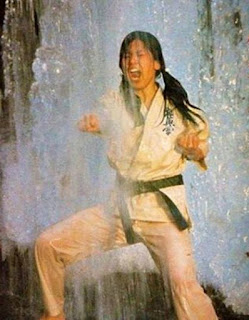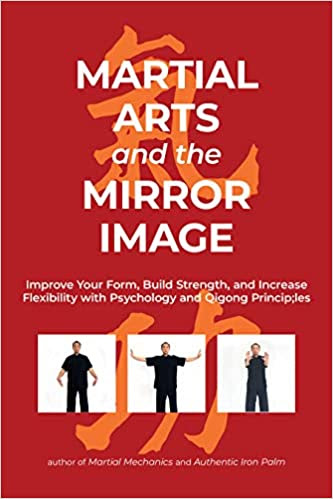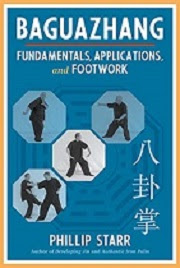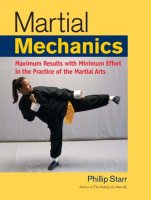by Phillip Starr
Ask
almost anyone involved in the Japanese or Okinawan martial arts about
the kiai and what it is, and you'll likely get several answers:
1.
It's a loud shout.
That's very good, but is that it? I
mean, WHY do you shout? Are you scared or what?
2. It's a
shout that helps you tighten up your abdominal muscles, thereby
making your technique more powerful....
Well, that's a
better answer than #1 but it's still incomplete. Simply tightening
the abdominals won't necessarily make your technique any stronger but
it'll make you look more attractive if you're wearing Spandex.
Actually - and you all should already know this - tightening the abdominal muscles inwards, which is what most people do when they contract these muscles, actually separates upper and lower body strength. This makes your technique weaker.
There are muscle connections that run between the upper and lower body and when you exhale and contract the abdominals inwards, those connections go slack. This means that if you're striking with an upper body technique, your power is restricted to the upper body; you cannot utilize the power of the your lower body.
If you're using a kicking technique, you cannot utilize the power of your upper body. You can only employ the power of your leg and, to some degree, your hips.
Ideally, the abdominals are not powerfully contracted when you execute your technique. By using reverse breathing (which I've written about in earlier articles) the abdominals are tightened somewhat , but without contracting them inwards. This unites the strength of the upper and lower body, allowing you to unify and strike with your whole body.
But you don't have to shout to do it.
3. It's a shout that scares the bejeezus out've your opponent.
That's a good answer, too. A sudden, unexpected, powerful noise shocks the nervous system. This can temporarily "stun" your opponent, leaving him momentarily helpless and unable to defend himself. Simple as this sounds, it actually requires considerable practice.Most martial arts practitioners tend to kind of "squeak" when they kiai. Some even say an actual word. I've actually been in schools where students were taught to say the word "ki-ai!" when they kiai...!! Pretty weird.
Not only that, but many martial arts enthusiasts shout with their throats. After two or three shouts, they can hardly speak. This is an indication that their technique is wrong. The true shout comes from the lower belly and is a guttural sound. If it's done properly you should be able to deliver an explosive shout and then continue talking without any problems or discomfort.
But that's not the right answer, either.You may have noticed that I've not been using the Chinese term for shouting, qi-he (pronounced "chee-huh"). There's a reason for that. Calm your toot.
The correct answer is that the true kiai doesn't necessarily have anything to do with making a noise. The word kiai means roughly, "spirit meeting." This doesn't mean that you're about to begin a seance or play with a ouija board...it infers that the kiai is a moment when the body, mind, and spirit are brought together, fused together for a single instant. This fusion allows you to fully focus your entire being on the task at hand.The Chinese phrase, qi-he, means roughly "energy/spirit shout" and this seems (to me) to be more concerned with the exterior function of the kiai...the shout itself. Those of you who have gone to the trouble of purchasing my book, “MARTIAL MANEUVERS”, will recall a chapter which is devoted to the technique of shouting.
But enough of that.
The Japanese phrasing is, I think, a better translation of what the true kiai should be. It's much more than just mere physical technique, much more than just shouting.There is a story about a young American karateka (karate practitioner) and his sensei (teacher) that really drives the point home. The student was practicing a particular kata (form) and when he had completed the set, his teacher informed him that he had forgotten the kiai.
The student was confused; this kata had no kiai in it. He reminded his sensei of this fact but his teacher was having none of it. The true kiai, his teacher explained, doesn't necessarily involve noise. It is a merging of the entire being - body, mind, and spirit - for a split second during the execution of an ending technique (when one theoretically destroys the enemy). It is more of a spiritual/mental thing than a physical thing. It's more than simply shouting and making a loud noise. It is a fusion and focusing of one's being on the task at hand (destroying the opponent).
This fusion is felt more than it is heard and a good teacher can quickly determine if it has been applied to a particular technique. In this student's case, it hadn't.
All forms contain the kiai but only a few forms require you to make a noise when you do it.
























No comments:
Post a Comment